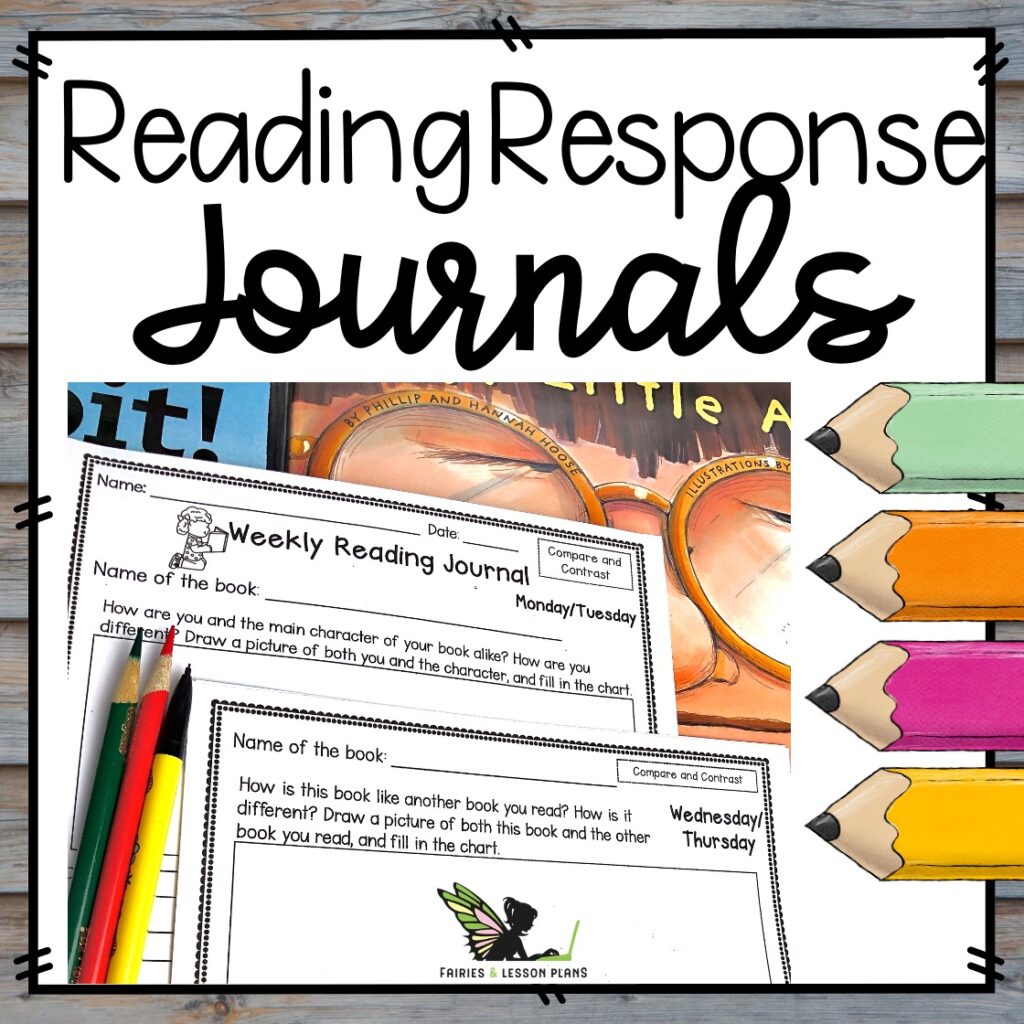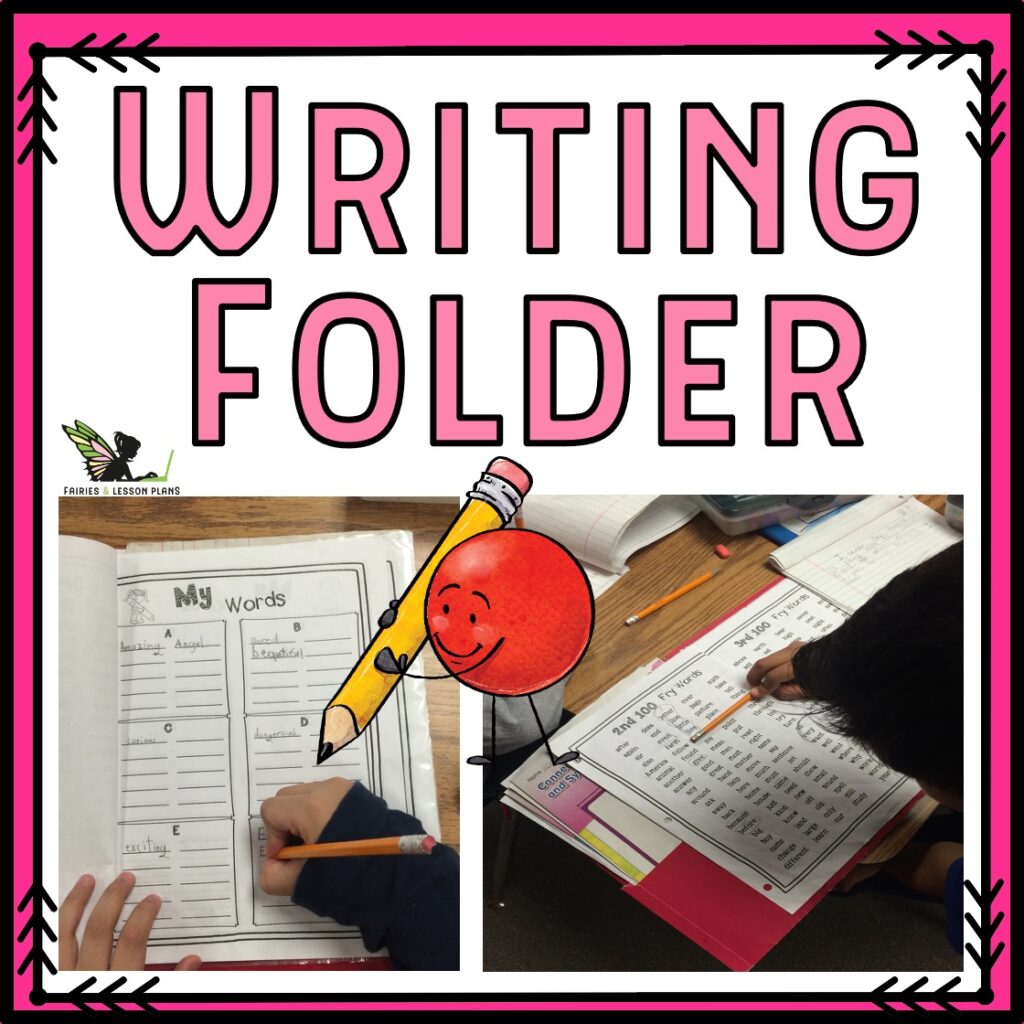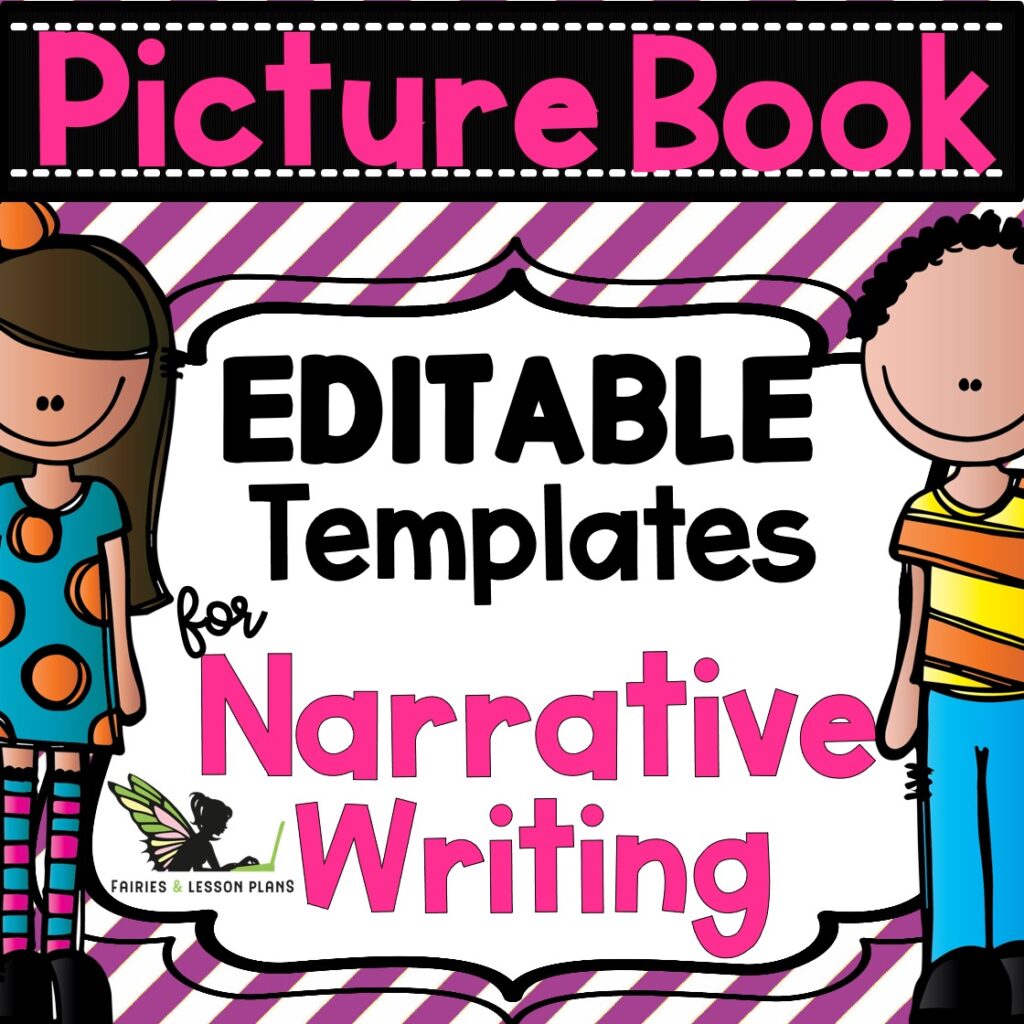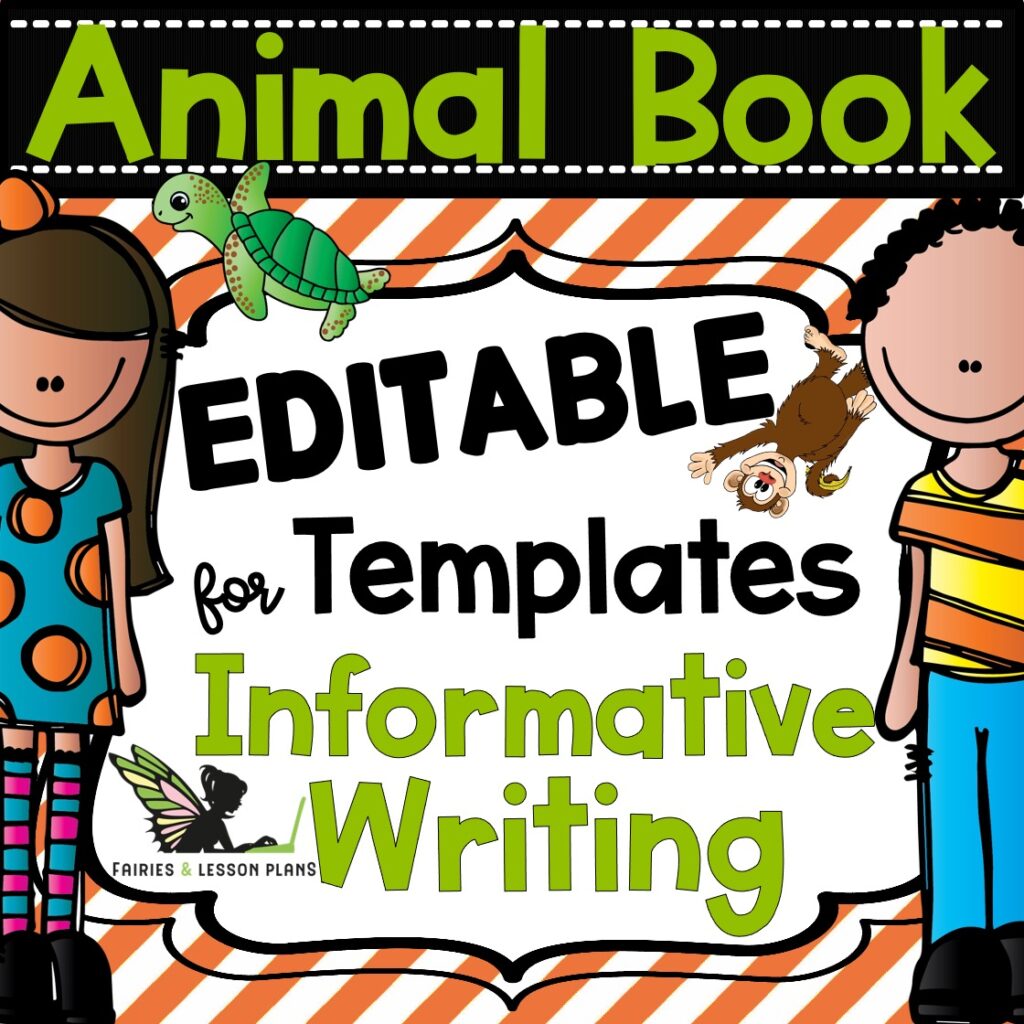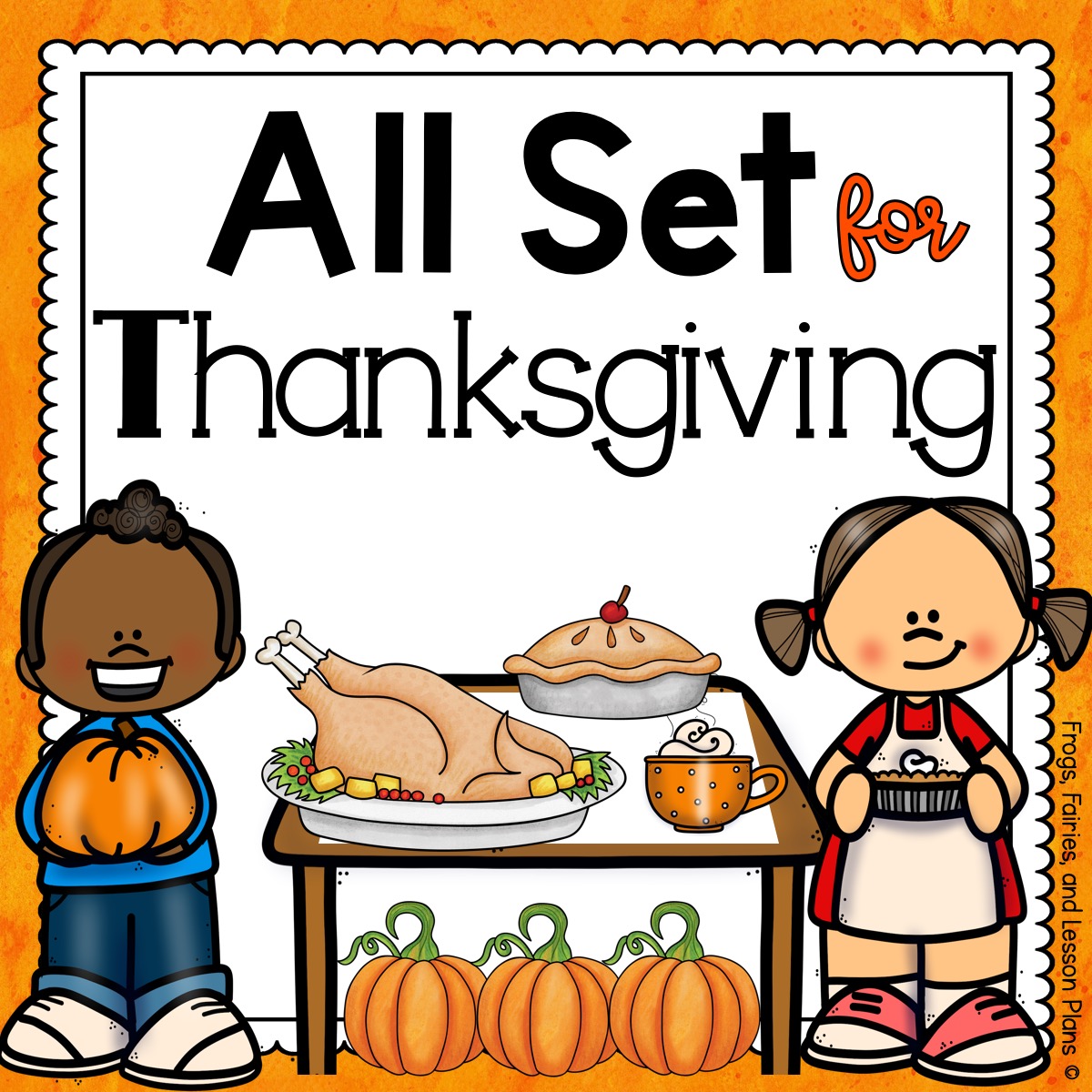Getting students to effectively identify the beginning, middle, and end of a story can be challenging. Young students tend to go off topic, retell events out of order, or to go on and on about something that was not relevant in the story.
Here are some tips to use next time you want your students to work on this skill.

1. Always use books that your students are familiar with.
- Plan carefully so you have time to read several books ahead of time. When you are teaching a reading skill that involves comprehension, students should already be familiar with the content of the book. It is exhausting for young children to sit through an entire story, and then to work on a skill.
- By flipping through the pages of a known book (picture walk), rather than reading it, you save time and precious attention span!
My two favorite fiction books for this time of the year are ” ‘Twas The Night Before Thanksgiving” by Dav Pilkey and “A Turkey for Thanksgiving” by Eve Bunting.
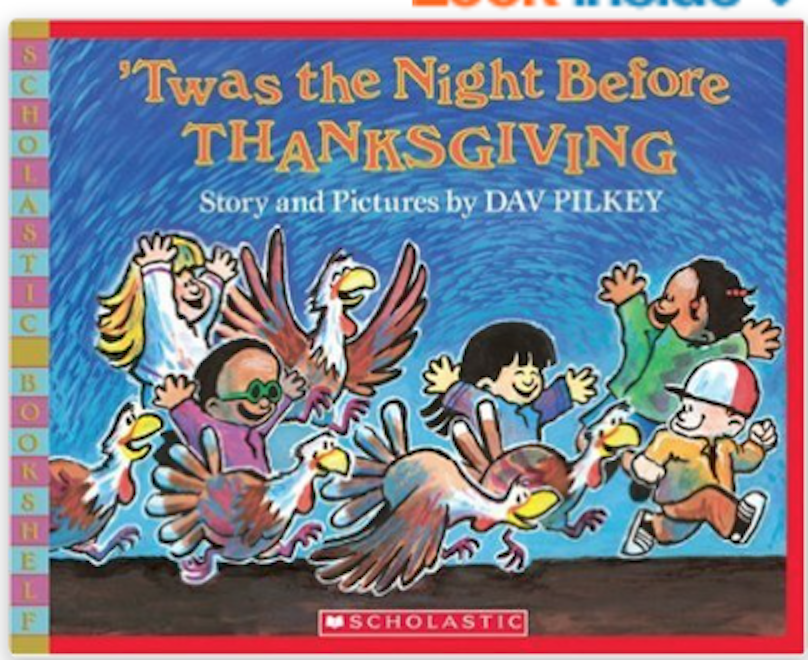 |
| Students take a field trip and save turkeys from a farm. |
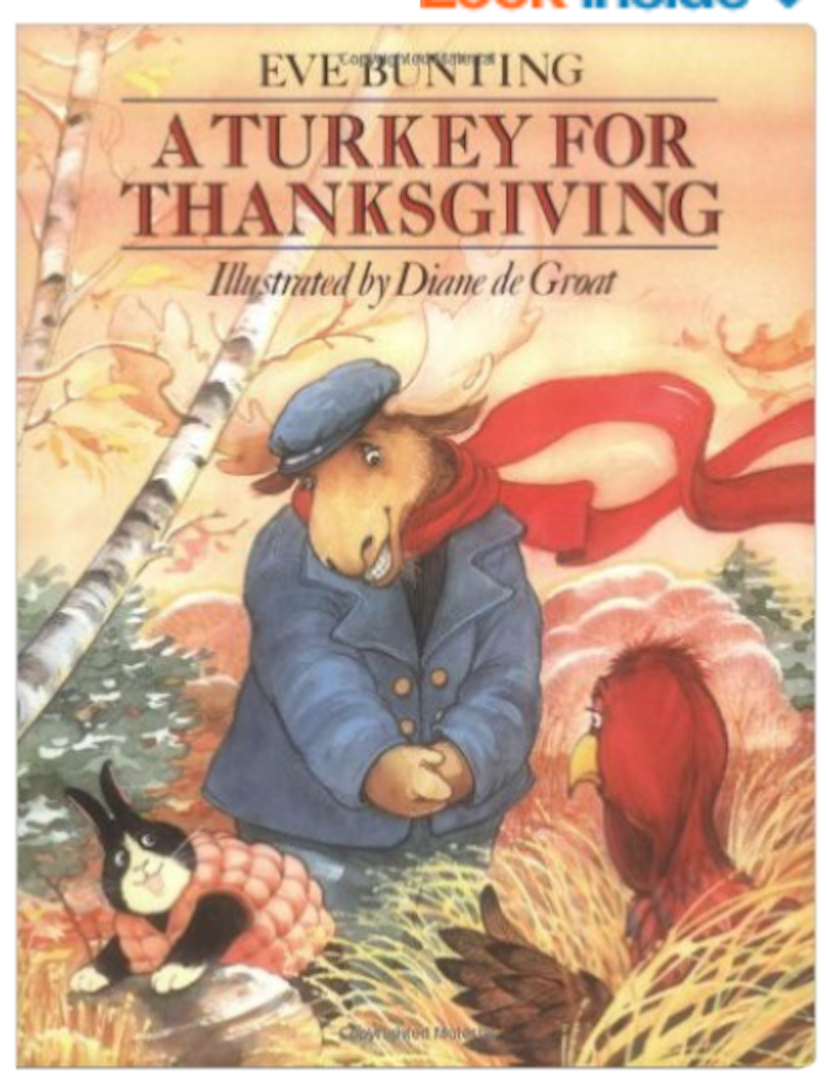 |
| Turkey thinks he’ll be dinner, but ends up being a guest. |
2. Write a few sentences from the beginning/middle/end on sentence strips.
After you chose the book that you are going to use for this lesson, take sentence strips and write a few sentences from the beginning, middle, and end of the book. Use those for modeling.
You should also type a few sentences and cut them up for individual practice later on.
3. Model how to put the sentence strips in the right order.
- Use tape or magnets to hold the sentence strips in place on the board or on your easel. Tell your students that you are going to put the sentences in order to show what happened in the beginning, in the middle, and in the end of the story.
- As you read each sentence aloud, say things like “I remember that this happened in the end. Let me move this strip to the bottom” or “Oh, this was right in the beginning, so I’m going to move this strip up here.”
- When your sentences are in order, read the whole thing to show students that you checked your work!
- Showing your students what you are thinking as you decided where the sentences go is a very important strategy. That way, your students can repeat the same steps that you took when it’s their turn.
- Also, during your mini-lessons, avoid asking students to help you right away. Your goal is to model for them at this point.
4. Use a graphic organizer to write the sentences in order.
- Once the sentences have been organized, have your students help you put the story back together in a beginning/middle/end graphic organizer. They can read each sentence as you write it on your chart. When the chart is done, read it once together.
- I always have my templates ready on a chart before the lesson. Many times, I’ll have my illustration ready too. Another way to do this is to have a template on your computer that you project on the board. You can write on your template instead of using chart paper…
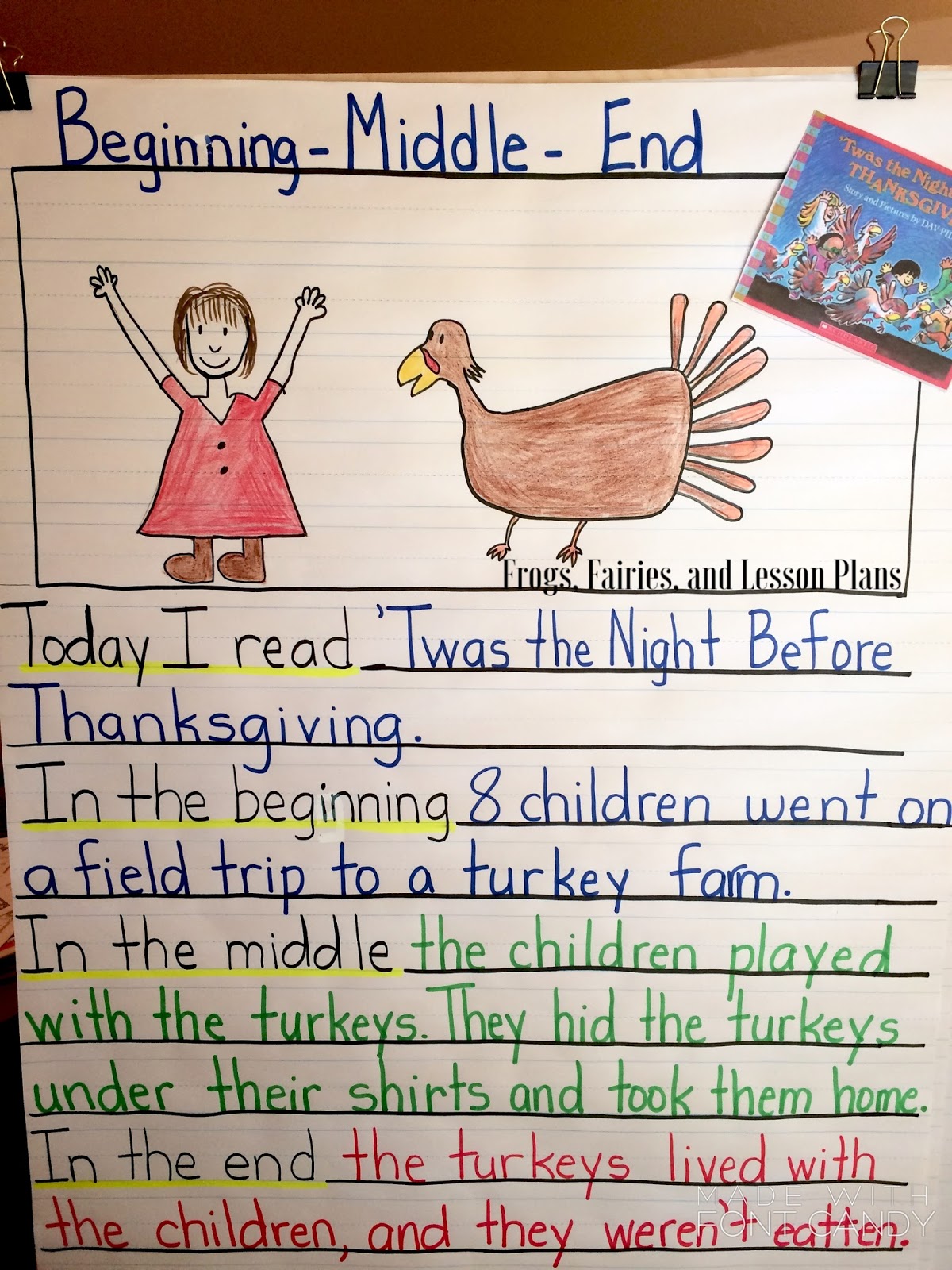 |
| Have your template ready. I draw the illustration, write the sentence stems, and draw the lines ahead of time. |
5. Give your students an opportunity to practice independently.
Now that your students have gone through the whole process with you, it’s their turn to do it on their own. Offer as much support in the beginning as you think they might need (give them sentence strips to put in order before they use their organizer, write the beginning and middle of the story together and let them write the end, let children work with a partner, etc).
 |
| Have your own version of beginning, middle, and end sentences for student practice. |
When students start writing the stories like you did, always have a variety of graphic organizers handy. Remember that the focus of this lesson is not on writing, but on identifying the beginning, middle, and end of a story.
Here are two examples of organizers that I use:
It’s okay if some of your students aren’t able to write a lot. They can illustrate each part of the story, label their pictures, and write minimally if necessary.
The more solid their understanding of the process in the beginning, the better they’ll be able to do it independently later on. You can always remove support gradually.
For several Fall/Thanksgiving themed Graphic organizers, and a week’s worth of Fall/Thanksgiving practice for all subjects, make sure to check:
Related Posts
Avoiding Glitter This Thanksgiving
Writing Resources You Might Enjoy
